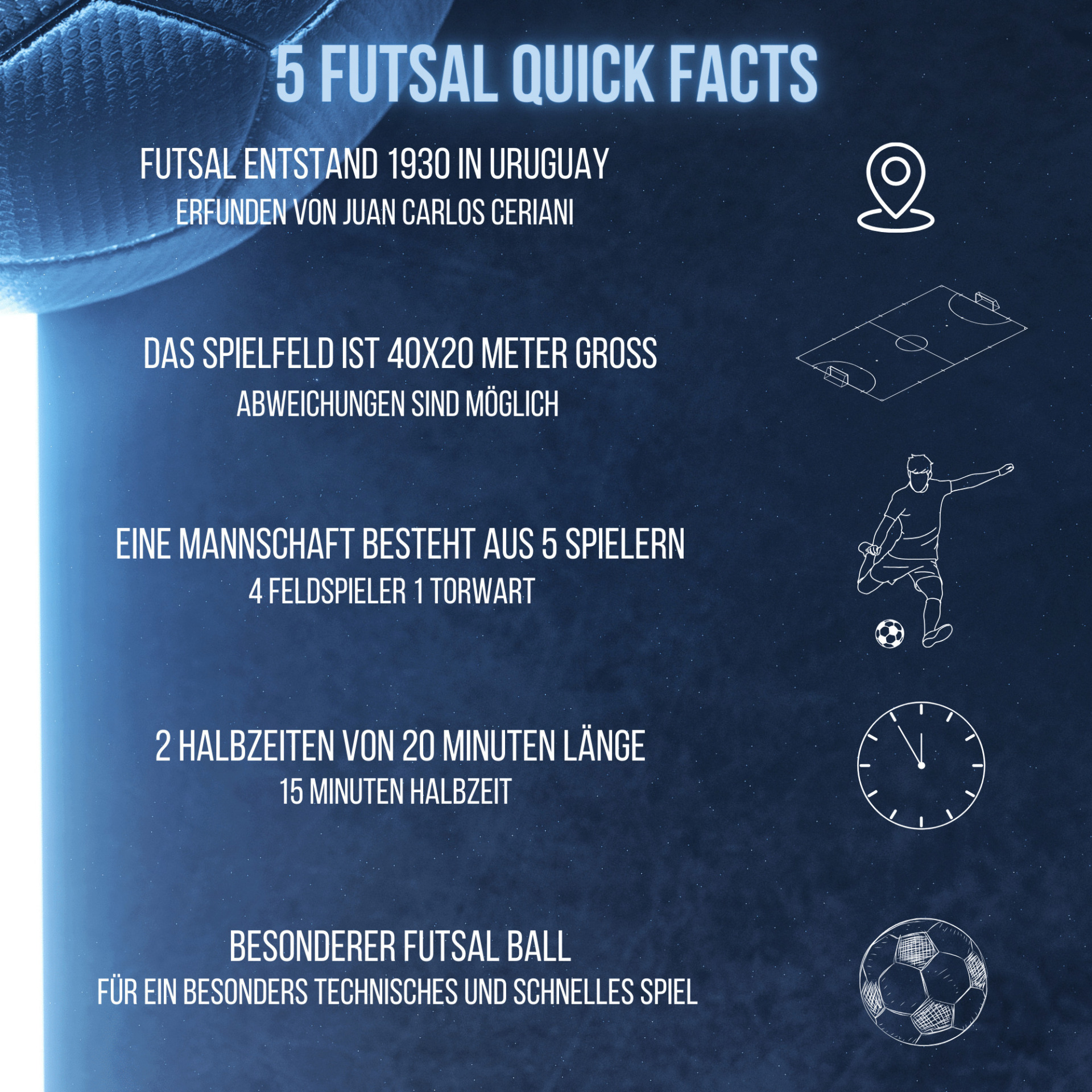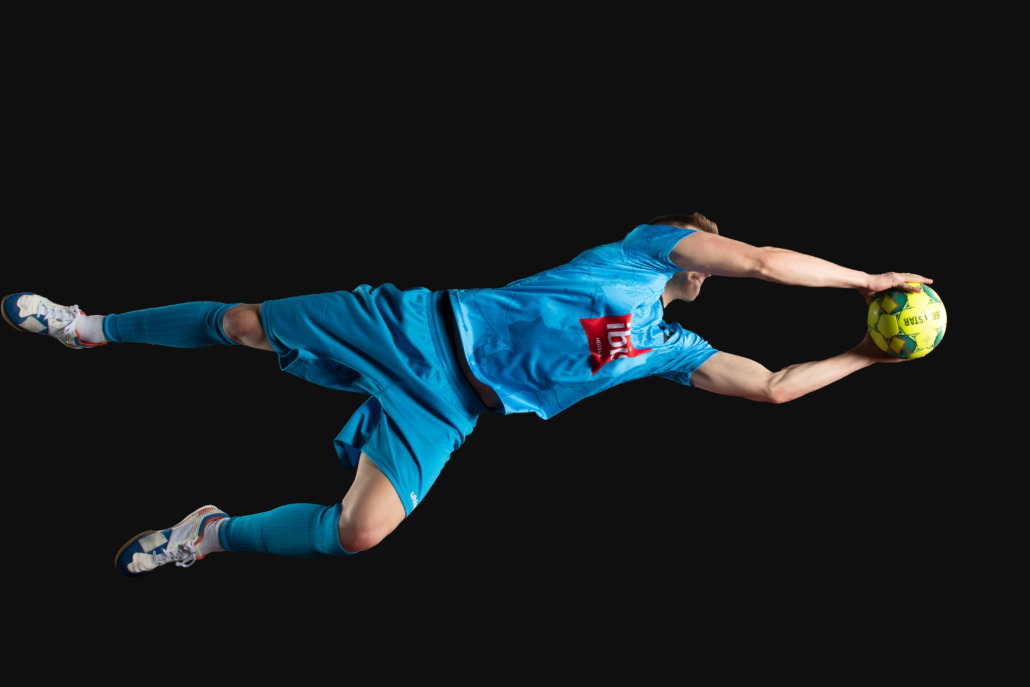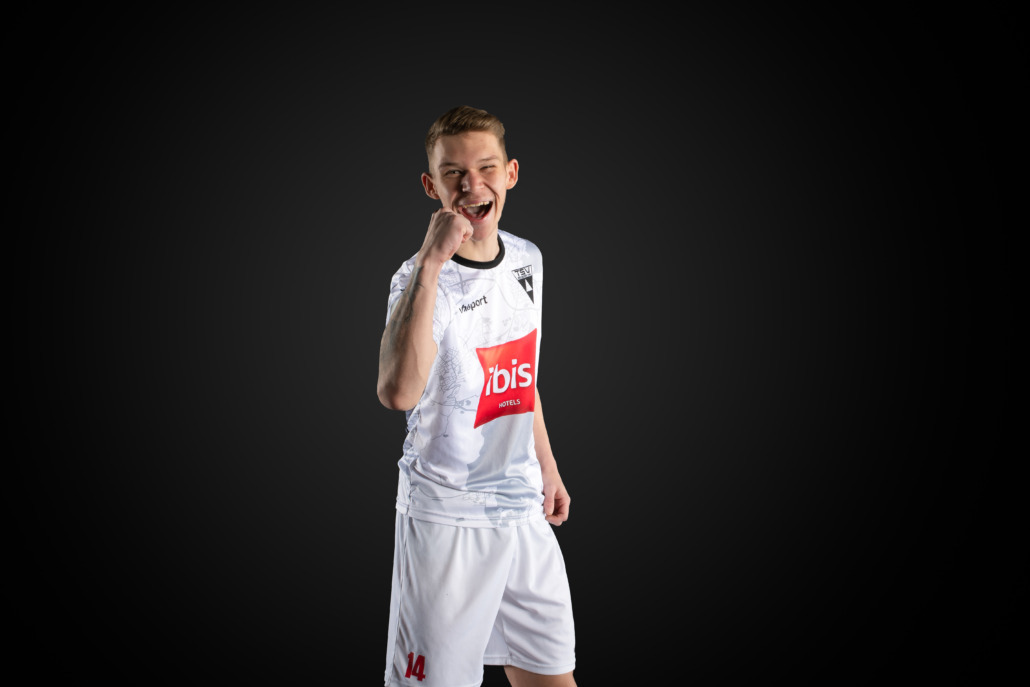Futsal in Focus: Dynamics, Rules, and Enjoyment
Welcome to the fascinating world of futsal: an exciting form of football that captivates players and spectators alike. Futsal, the recognized variant of indoor soccer, expands the boundaries of the playing field and opens up a new dimension of the sport. With a clear focus on impressive technique, lightning-fast movements, and tactical finesse, futsal has gained an enthusiastic following.
Played on a smaller field, futsal is more intense and tactical than traditional football. The rules emphasize technique and precision, making passing, dribbling, and shooting key components that players must master to be successful.
Precision, Pace, Fairness – The Futsal Rules
The playing field is more compact than in traditional football, with a game lasting 40 minutes, divided into two halves of 20 minutes each of effective playing time. A 15-minute halftime allows the five players per team (one goalkeeper and four field players) time to recover. Up to nine players can be substituted to make tactical adjustments and inject fresh energy into the game.
A notable feature is the option of rolling substitutions during the game. Substitutions, however, are only allowed in the designated substitution zone.
In Futsal, the referee can decide between a direct and an indirect free kick for fouls. In the penalty area, fouls result in a penalty kick, similar to regular football. This penalty kick from a distance of six meters provides an excellent opportunity to score against the opposing team.
Additionally, Futsal incorporates yellow and red cards. However, receiving a red card does not mean that the affected team must play with fewer players. Instead, the offender must leave the field for two minutes and can be replaced by another player after that time. If the opposing team scores during this period, the team is immediately replenished.
Contrary to common belief, sliding tackles are allowed in Futsal, but only against the ball, for example, as a block. The rules permit high-level sliding tackles.
Unlike regular football, both teams are granted a 60-second timeout per half. However, this timeout can only be taken when the team is in possession of the ball.
Futsal games are officiated by two referees positioned along the sidelines, with a third official overseeing compliance with the playing time.
For those interested in the complete set of rules, the FIFA Futsal Game Rules can be found at the following link:
Maintaining the Flow in Futsal – The Four-Second Rule
In Futsal, the ball is not rolled in but kicked in when it crosses the sideline. The Four-Second Rule states that the game must resume within four seconds after a stoppage. Therefore, the ball must be put back into play as quickly as possible.
This rule enhances the pace of the game and is also reflected in the modified back-pass rule.
When the goalkeeper touches the ball and passes it to a teammate, the goalkeeper is only allowed to play it again in their own half after the ball has been touched by an opposing player. These rules make Futsal dynamic and require precise teamwork for strategic plays.
What happens if the time limit is exceeded? If the ball is not brought back into the field within these four seconds, the opposing team is awarded possession of the ball. The same applies if the ball unintentionally touches the ceiling. In this case, the ball is given to the opposing team where it touched the ceiling.
The Special Features of the Futsal Ball
The obvious difference of the Futsal ball is its size. Futsal is played with a smaller ball, weighing between 410 and 440 grams, making it just as heavy as a classic football.
Furthermore, the playing equipment is optimized for the characteristics of indoor flooring. The reduced bounce of the ball makes it easier to control, benefiting quick passing. To achieve the best ball control, it is recommended to play in specific Futsal shoes.
For speed and agile movements: Lightweight and dynamic shoes for optimal performance. The construction and choice of materials contribute to their feather-lightness and flexibility.
Futsal as a Springboard: Global Superstars and Foundation for Football
The list of international football superstars who developed their technical skills in futsal is extensive. Prominent examples include players like Messi, Neymar, and Ronaldo. In fact, futsal has become indispensable in youth and school football in countries such as Brazil, Spain, and also in Germany.
The narrow playing field, numerous ball touches, and resulting quick actions particularly support the learning-intensive youth phase in acquiring a variety of technical and tactical skills. These skills form an excellent foundation for later field football.






